From inside (document excerpt):
58MCA 4-Way Multipoise Fixed-Capacity Direct-Vent Condensing Gas Furnace Visit www.carrier.com Service and Maintenance Instructions For Sizes 040–140, Series 170 TABLE OF CONTENTS SAFETY CONSIDERATIONS .1 ELECTRICAL SHOCK, FIRE, OR EXPLOSION HAZARD Failure to follow safety warnings exactly could result in dangerous operation, serious injury, death, or property damage. Improper servicing could result in dangerous operation, serious indury, death, or property damage.
Before servicing, disconnect all electrical power to furnace. When servicing controls, label all wires prior to disconnecting. Reconnect wires correctly. Verify proper operation after servicing. GENERAL 2 ELECTROSTATIC DISCHARGE (ESD) PRECAUTIONS 2 CARE AND MAINTENANCE .2 Cleaning and/or Replacing Air Filter .3 Blower Motor and Wheel Maintenance .3 Cleaning Burners 4 Cleaning Heat Exchangers 5 Primary Heat Exchangers 5 Secondary Heat Exchangers 6 Flushing Collector Box and Drainage System 6 Servicing Hot Surface Igniter .6 Electrical Controls and Wiring .8 Checking Heat Tape Operation (If Applicable) 9 Winterizing 10 WIRING DIAGRAM .10 TROUBLESHOOTING .11 Status Codes 10 Component Tests 10 SAFETY CONSIDERATIONS Recognize safety information. This is the safety-alert symbol. When you see this symbol on the furnace and in instructions or manuals, be alert to the potential for personal injury. Understand the signal words DANGER, WARNING, and CAUTION. These words are used with the safety-alert symbol. DANGER identifies the most serious hazards which will result in severe personal injury or death. WARNING signifies hazards which could result in personal injury or death. CAUTION is used to identify unsafe practices which would result in minor personal injury or product and property damage. NOTE is used to highlight suggestions which will result in enhanced installation, reliability, or operation. Installing and servicing heating equipment can be hazardous due to gas and electrical components. Only trained and qualified service agency personnel should install, repair, or service heating equipment. Untrained personnel can perform basic maintenance functions such as cleaning and replacing air filters. All other operations must be performed by trained and qualified service agency personnel. When working on heating equipment, observe precautions in the literature, on tags, and on labels attached to or shipped with the unit and other safety precautions that may apply. Follow all safety codes including the National Fuel Gas Code (NFGC) NFPA 54-1999/ANSI Z223.1-1999 in the U.S.A.; National Standard of Canada, Natural Gas and Propaane Installation Code CSA B149.1-00 (NSCNGPIC) in Canada; and the Installation Standards, Warm Air Heating and Air Conditioning Systems (NFPA 90B) ANSI/NFPA 90B. Wear safety glasses and work gloves. Have a fire extinguisher available during start-up and adjustment procedures and service calls.


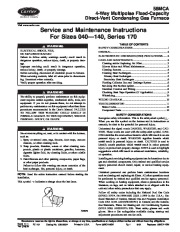 Carrier Owners Manual - 1 of 16
Carrier Owners Manual - 1 of 16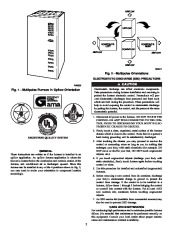 Carrier Owners Manual - 2 of 16
Carrier Owners Manual - 2 of 16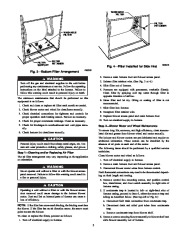 Carrier Owners Manual - 3 of 16
Carrier Owners Manual - 3 of 16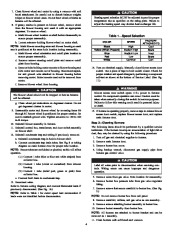 Carrier Owners Manual - 4 of 16
Carrier Owners Manual - 4 of 16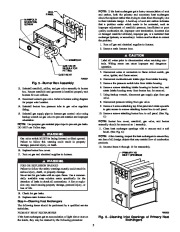 Carrier Owners Manual - 5 of 16
Carrier Owners Manual - 5 of 16 Carrier Owners Manual - 6 of 16
Carrier Owners Manual - 6 of 16 Carrier Owners Manual - 7 of 16
Carrier Owners Manual - 7 of 16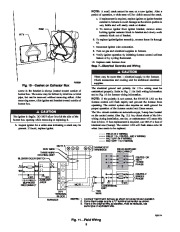 Carrier Owners Manual - 8 of 16
Carrier Owners Manual - 8 of 16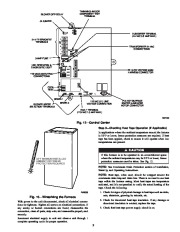 Carrier Owners Manual - 9 of 16
Carrier Owners Manual - 9 of 16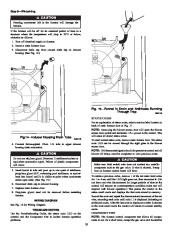 Carrier Owners Manual - 10 of 16
Carrier Owners Manual - 10 of 16